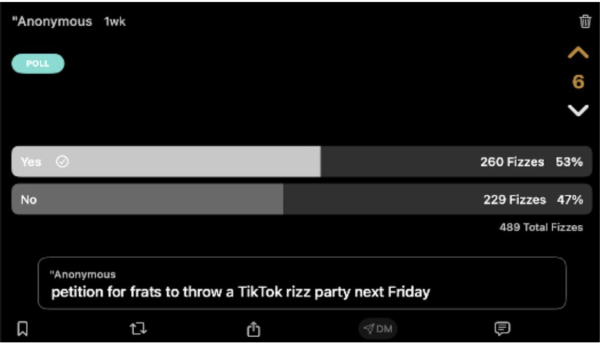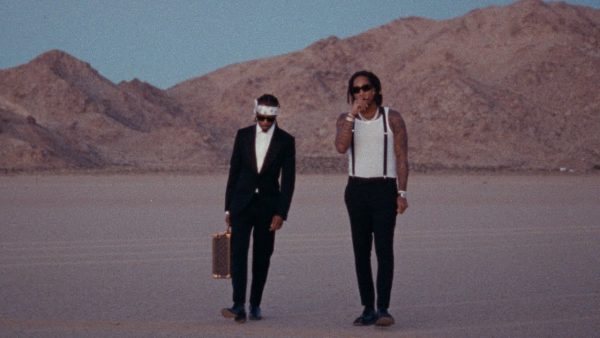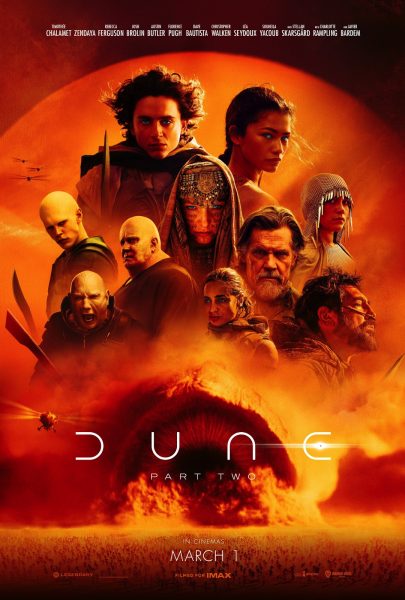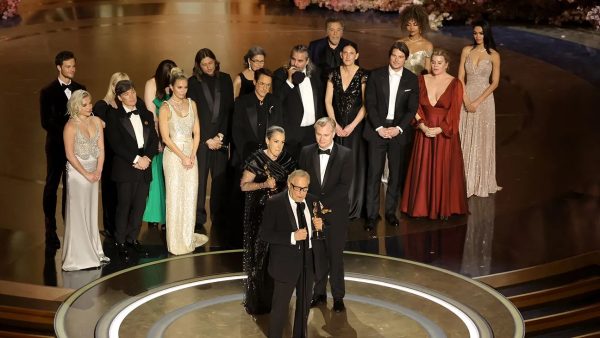Streaming services change media consumption
The amount of streaming services emerging overwhelms media consumers.
The Mandalorian opened the floodgates to mass success for Disney+ as more releases for Star Wars spin-offs are promised to fans.
March 4, 2021
March 4 marks the transition of CBS All Access into Paramount Plus, a streaming service that aims to get its feet deeper into the vast sea of dominant media services. These days, streaming has become a dominant form of media consumption and its prominence has only increased as a result of the pandemic’s negative effect on movie theaters. Hence, the excitement across every studio and television/movie company looking for ways to join this battle and get a piece of the pie is evident. How much can we take, though? The average American consumer initially went from binging on Netflix, to now gravitating towards Disney+, HBO Max, Hulu and Amazon Prime Video subscriptions.
For fans, this competition within the industry has resulted in more content and more entertainment.
The days of the single-season, the 13-episode rollout for shows led by Netflix seem to be waning slowly. Disney+, with its popular hit series such as The Mandalorian and Wandavision, are taking the one episode per week approach that we all know from the standard cable television season. Amazon Prime Video takes the same approach with the second season The Boys, a shift from their first season rollout. Others, like HBO Max, look to drop about three episodes per week. These movies have challenged long-time leaders like Netflix to consider adapting to shifts in consumption, as changing to a week-by-week rollout brings more discussion and excitement for what happens next in a series. Wandavision is a recent example that capitalizes off of this strategy, that seemingly dominating Friday’s with social media discussion and YouTube theory videos all day long. In order to expand these discussions and consistently be the talk of the week, dropping weekly seems like a great idea. It lets fans reach the same point in the series and leaving cliffhangers that promote next week’s episode.
Another ongoing competition is the battle for content. As more services pile up, every company’s goal is to create content that wins fans over. HBO Max showed this clearly with the big decision to make all Warner Bros releases stream on their service the same day they hit theaters. Netflix promised to release over 70 Netflix Original films in 2021, which tallies to more than once per week. Oscar favorites like Nomadland, Ma Rainey’s Black Bottom and Trial of the Chicago 7 were all films that were slated to hit theaters for a full run but have eventually bought by a streaming service for their premiers.
This March is an exciting month for streaming, which is only made possible through the massive influx of services and content. On March 5, Raya and the Last Dragon (Disney+) and Coming 2 America (Amazon) release, Cherry (Apple) releases on March 12 starring Tom Holland, March 18 brings the long-awaited four hours Snyder Cut of Justice League (HBO Max) and on March 31, the fight of the year arrives in Godzilla vs. Kong (HBO Max).
Many of these are films that would have done big numbers in theaters but are now limited to streaming because of the times we live in, and the necessity for companies to have endless gripping content on their services. We are in the middle of an ever-shifting movement for streaming content, and one can only guess what will come next after we all get used to this level of consistent content. In the meantime though, it’s best to just kick back each week for something new.
Ultimately, this war of streaming services is going to have extremely negative effects on consumers. Balancing costs for different platforms has always been hard for the average Americans and with these new developments, it’ll be even harder. In the end, competing media companies have now forced the hand of the viewer to make important decisions about what they really want to watch.






















